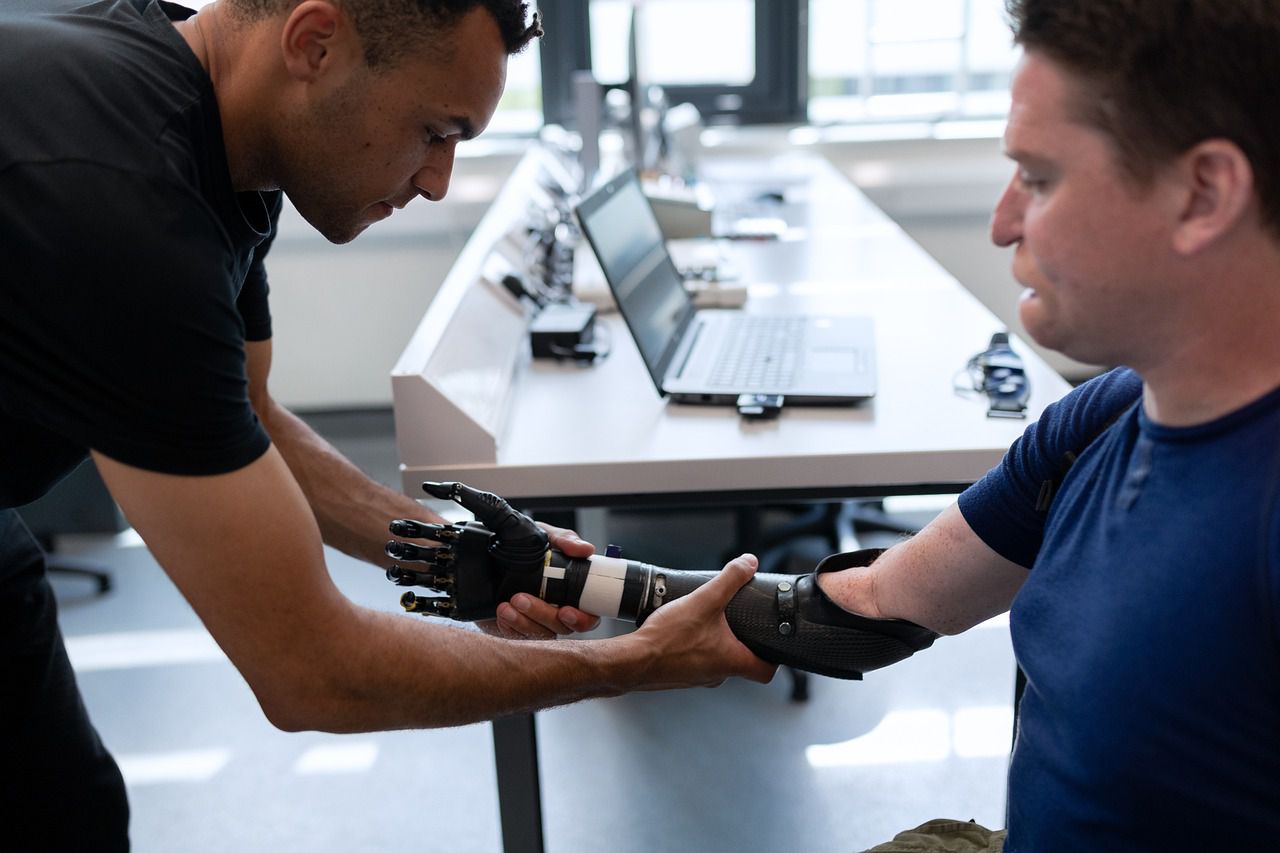A recent study has uncovered an intriguing revelation: people can become adept at using additional robotic arms just as effectively as partnering with someone after a mere one-hour training session.
The study dives into the potential of supernumerary robotic arms, which are supplementary robotic limbs designed to aid individuals in tasks that necessitate more than the standard two hands.
The idea of enhancing human capabilities with extra artificial limbs has long been a staple of science fiction, reminiscent of characters like Doctor Octopus in The Amazing Spider-Man.
The Method
The study's lead author elaborates that numerous daily tasks, like managing a heavy package while opening a door, often demand more than two hands.
Supernumerary robotic arms aim to simplify such tasks, yet their user-friendliness was uncertain until this research.

To put it to the test, 24 participants were tasked with performing a variety of assignments using a supernumerary robotic arm.
Some participants received a one-hour training session to familiarize themselves with the robotic limb, while others partnered with someone to complete the tasks.
The Insights
The study's findings revealed that those who underwent training with the supernumerary arm performed the tasks just as proficiently as those who collaborated with a partner.
This indicates that supernumerary robotic arms could serve as a viable substitute for partnering, with the added benefit of rapid and effective learning.
The Promise
The author of the study views these findings with optimism, suggesting that supernumerary robotic arms hold great promise in various fields, including surgery, industrial work, and rehabilitation.









